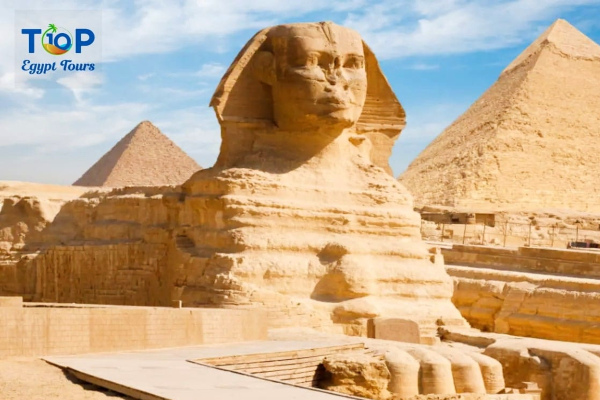Second Dynasty of Ancient Egypt, Prepare to embark on a fascinating journey as we delve into the enigmatic Second Dynasty of Ancient Egypt. Steeped in mystery and awe-inspiring achievements, this era marked the consolidation of power and the rise of mighty pharaohs. Join Top Ten Egypt as we unveil the secrets and explore the profound legacy of the Second Dynasty, an era that shaped the course of Egyptian history.
The Second Dynasty, which lasted from approximately 2890 to 2686 BC, follows the dawn of the Old Kingdom period. It saw the establishment of a centralized government, the growth of a strong administrative structure, and advancements in art, architecture, and religious practices.
In this article, we will uncover for you the Second Dynasty of Ancient Egypt with Top Ten Egypt.
The Rise of Pharaohs Second Dynasty of Ancient Egypt : Establishing Divine Power
The Second Dynasty witnessed a significant shift in the way pharaohs ruled Egypt. They solidified their authority by proclaiming themselves as god-kings, embodying the divine power that governed the land. Pharaohs like Hotepsekhemwy, Nynetjer, and Peribsen strengthened their rule over the kingdom, leading military campaigns and fostering economic development.
The pharaohs of the Second Dynasty were not only political leaders but also bearers of spiritual significance. Their role was to maintain harmony with the gods and ensure the prosperity of the kingdom. To achieve this, elaborate temples and religious rituals were established to honor the deities and secure divine favor.
Architectural Marvels: The Legacy of Monumental Structures
The architectural achievements of the Second Dynasty left an indelible mark on the landscape of ancient Egypt. Pharaohs commissioned the construction of grand tombs, or mastabas, adorned with intricate reliefs and hieroglyphic inscriptions. These mastabas served as final resting places for the pharaohs and provided a gateway to the afterlife.
Furthermore, the Second Dynasty showcased the emergence of monumental structures like the Step Pyramid of Djoser, designed by the renowned architect Imhotep. This iconic structure revolutionized ancient Egyptian architecture, laying the foundation for later pyramid complexes. Its innovative design and symbolic significance highlighted the pharaoh’s divine authority and eternal legacy.
Cultural Flourishing: Art and Religion in the Second Dynasty
Artistic expression thrived during the Second Dynasty, providing valuable insights into the cultural and religious beliefs of ancient Egyptians. Intricate wall paintings, pottery, and jewelry depicted scenes from daily life, religious rituals, and the pharaoh’s connection with the divine. These artistic creations reflect a society that embraced symbolism and spirituality.
Religion played a paramount role in daily life, with Egyptians engaging in elaborate ceremonies and rituals to honor their gods and goddesses. The pharaohs of this era, as divine intermediaries, took an active part in these proceedings, solidifying their power and promoting religious practices throughout the kingdom.
The Enduring Legacy of the Second Dynasty
While the Second Dynasty marked an important transition in Egyptian history, it also set the stage for the monumental achievements and cultural splendor of the future. The establishment of a centralized government, advancements in architectural design, and the divine authority of pharaohs laid the groundwork for the greatness that Ancient Egypt would achieve in the coming centuries.
Today, visitors to Egypt can explore the remnants of this glorious era. From the mesmerizing mastabas at Saqqara to the awe-inspiring Step Pyramid, an array of archaeological sites and artifacts offer glimpses into the cultural, religious, and political achievements of the Second Dynasty.
The Second Dynasty of Ancient Egypt signifies a transformative period that witnessed the rise of pharaohs as divine rulers and the flourishing of art, architecture, and religious practices. As we explore this remarkable era, we gain a deeper understanding of the foundations that set Egypt on its path toward glory. Join Top Ten Egypt on a captivating journey through time and immerse yourself in the rich history of the Second Dynasty, where the divine and mortal converged to shape the mystique of Ancient Egypt.



Comment (0)